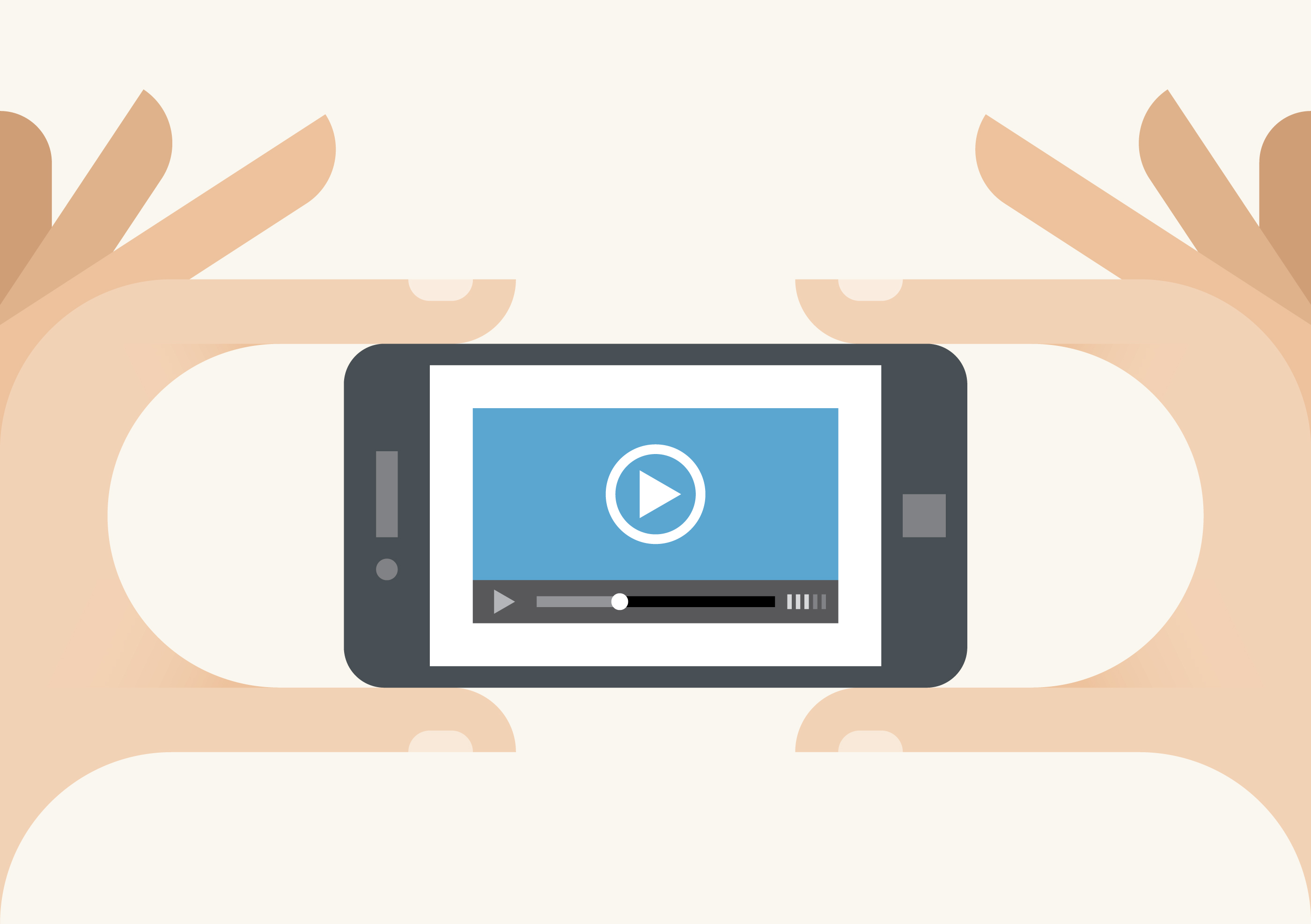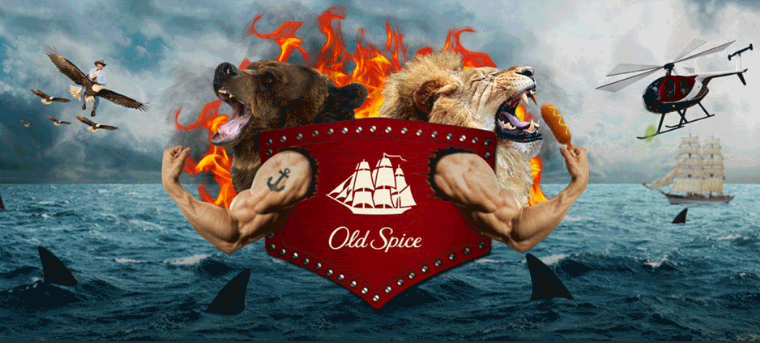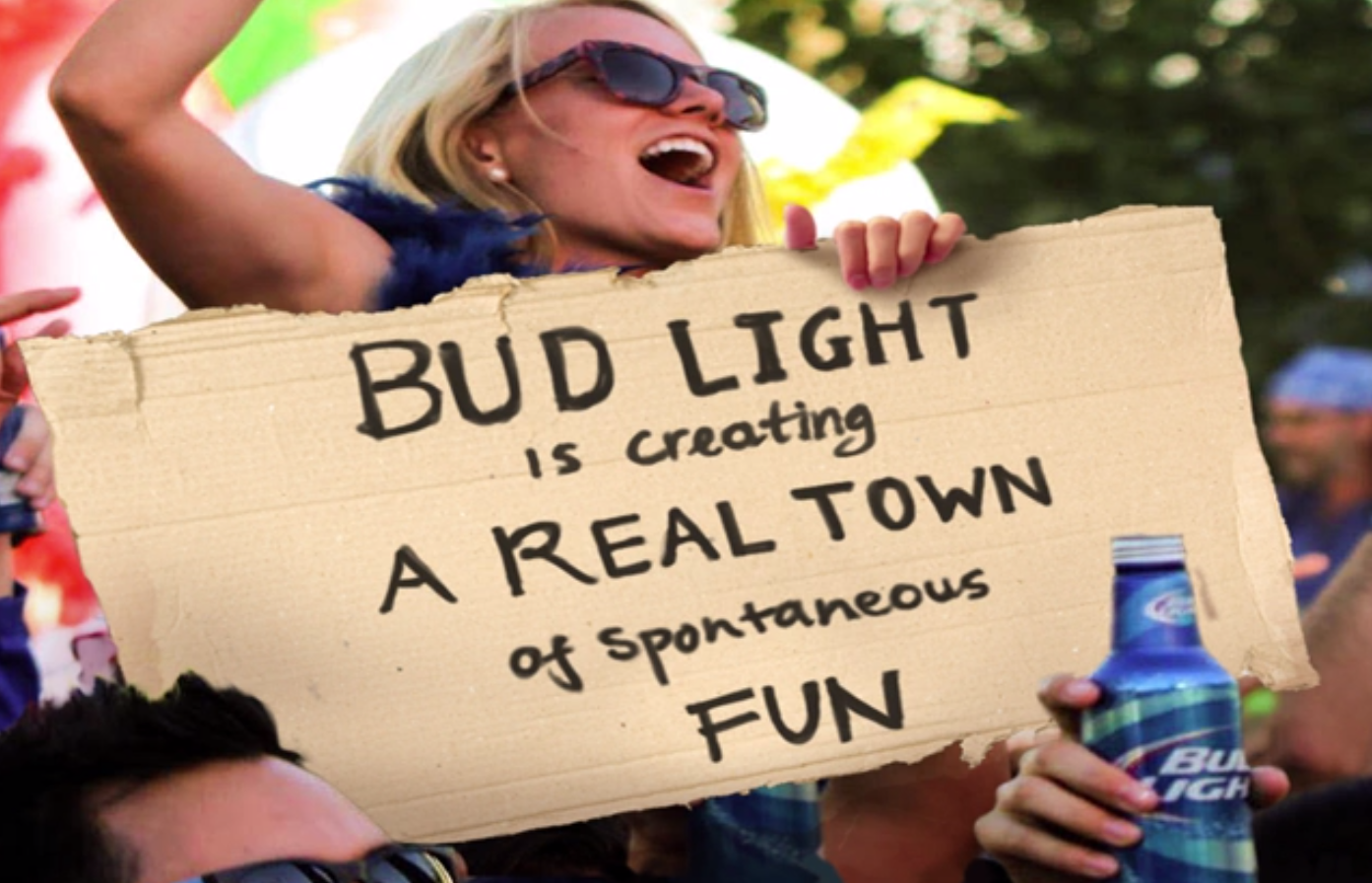What Happened
Earlier this week, BuzzFeed updated its editorial standards to allow its “non-news” editorial staffers to participate in the creation of branded content, encouraging collaborations between its editorial and advertising staff. The company has been a leader in establishing a new business model for digital publishing and breaking down the traditional separation between editorial and advertising is likely to continue. The change makes it possible for brands to sponsor segments of Buzzfeed’s scripted entertainment products, including digital videos and podcasts.
What Brands Need To Do
With the rise of ad-blockers, more and more brands are turning to native advertising via content sponsorships and branded content, which Buzzfeed is a master of. With its digital videos amassing over 1 billion monthly video views, Buzzfeed’s policy change makes its entire content talent pool available for brands to tap into and reach Buzzfeed’s predominantly Millennial and Gen Z audience.
Source: Poynter




